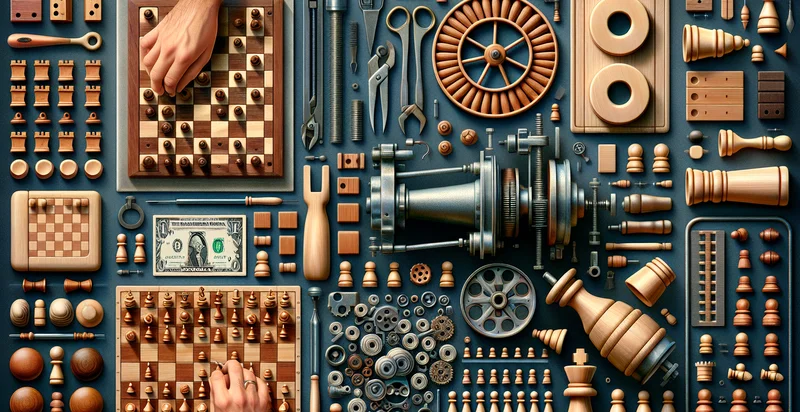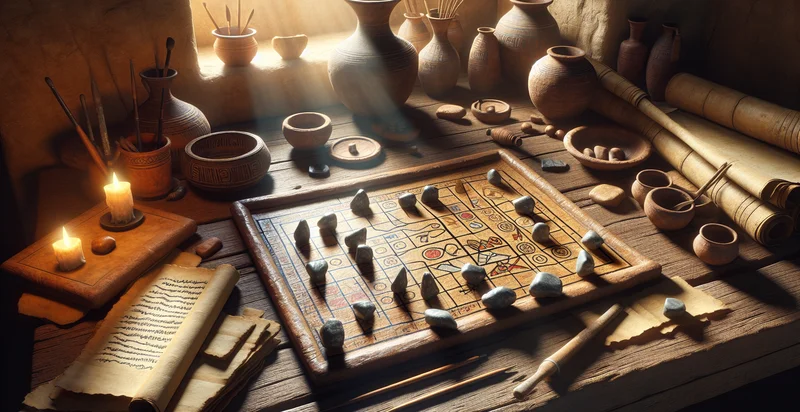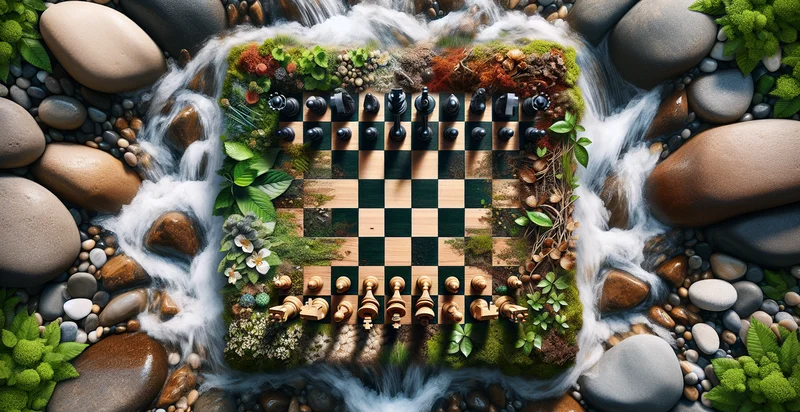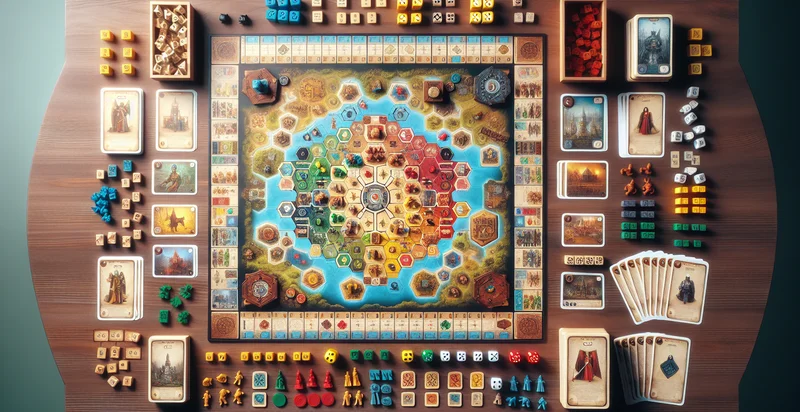Identify game piece origin
using AI
Below is a free classifier to identify game piece origin. Just upload your image, and our AI will predict the origin of the game piece - in just seconds.

Contact us for API access
Or, use Nyckel to build highly-accurate custom classifiers in just minutes. No PhD required.
Get started
import nyckel
credentials = nyckel.Credentials("YOUR_CLIENT_ID", "YOUR_CLIENT_SECRET")
nyckel.invoke("game-piece-origin", "your_image_url", credentials)
fetch('https://www.nyckel.com/v1/functions/game-piece-origin/invoke', {
method: 'POST',
headers: {
'Authorization': 'Bearer ' + 'YOUR_BEARER_TOKEN',
'Content-Type': 'application/json',
},
body: JSON.stringify(
{"data": "your_image_url"}
)
})
.then(response => response.json())
.then(data => console.log(data));
curl -X POST \
-H "Content-Type: application/json" \
-H "Authorization: Bearer YOUR_BEARER_TOKEN" \
-d '{"data": "your_image_url"}' \
https://www.nyckel.com/v1/functions/game-piece-origin/invoke
How this classifier works
To start, upload your image. Our AI tool will then predict the origin of the game piece.
This pretrained image model uses a Nyckel-created dataset and has 30 labels, including Backgammon, Battleship, Blokus, Bridge, Carcassonne, Catan, Checkers, Chess, Chutes And Ladders and Clue.
We'll also show a confidence score (the higher the number, the more confident the AI model is around the origin of the game piece).
Whether you're just curious or building game piece origin detection into your application, we hope our classifier proves helpful.
Related Classifiers
Need to identify game piece origin at scale?
Get API or Zapier access to this classifier for free. It's perfect for:
- Game Authentication: This function can be employed to verify the authenticity of game pieces by identifying their origin. By cross-referencing with a database of legitimate pieces, game developers can prevent counterfeits and uphold brand integrity.
- Inventory Management: Game retailers can utilize the identifier to efficiently track the origin of game pieces in their inventory. This ensures that only verified products are sold, which minimizes returns due to counterfeit items and enhances customer trust.
- Tournament Regulation: Organizers of competitive gaming events can leverage the function to confirm the legitimacy of game pieces used by participants. This promotes fair play and maintains the competitive integrity of tournaments by ensuring that only authorized pieces are in use.
- Consumer Education: The identifier can serve as an educational tool for consumers, enabling them to learn about the origins of their game pieces. This fosters transparency and enhances consumer awareness regarding the importance of proprietary materials and ethical sourcing.
- Supply Chain Verification: Manufacturers can implement the origin identifier to trace the lifecycle of game pieces across the supply chain. This helps in identifying points of origin, which is crucial for quality control and compliance with industry standards.
- Custom Game Development: Developers creating custom or limited-edition games can use the function to validate the origin of bespoke game pieces. This ensures that all elements used in the game are authentic and meet the specific design criteria set by the developers.
- E-commerce Protection: Online marketplaces can integrate the identifier to prevent the sale of counterfeit game pieces. By incorporating this function into their platforms, they can enhance buyer confidence and protect sellers of authentic products from unfair competition.


